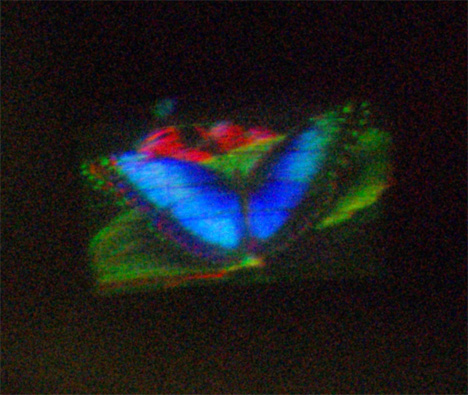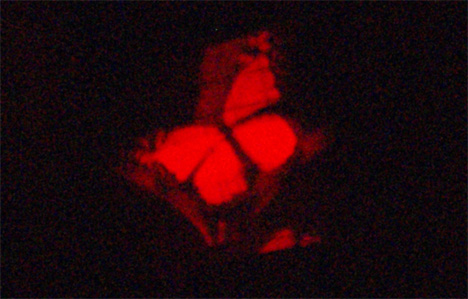
We’ve all seen it before in movies: some technologically advanced person (usually a scientist or co-pilot) pulls a floating screen of data out of nowhere and starts crunching away. Typically reserved for science fiction, holograms like these are becoming more of a reality. The driving principle behind a holographic imaging, known as diffraction, is flawed in that the pixels that create a 3D image aren’t close enough in size to light waves. The technology to correct this isn’t capable or cost-effective enough.

One scientist has found a way around this. A crystal from a material called lithium niobate has layers that guide the light that passes through it. The channels the light passes through, called waveguides, contain electrodes that slightly alter the shape of the crystal. The three previous waveguides needed per pixel are reduced to one. This creates a more efficient scattering effect necessary for 3D holographic images. Eventually we’ll all feel like we’re all in Tony Stark’s lab.

